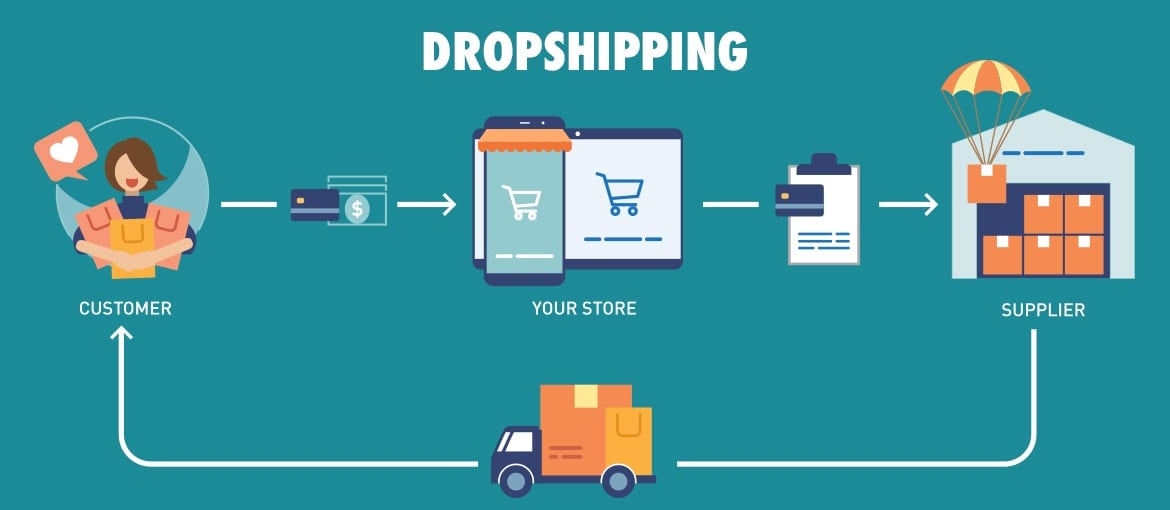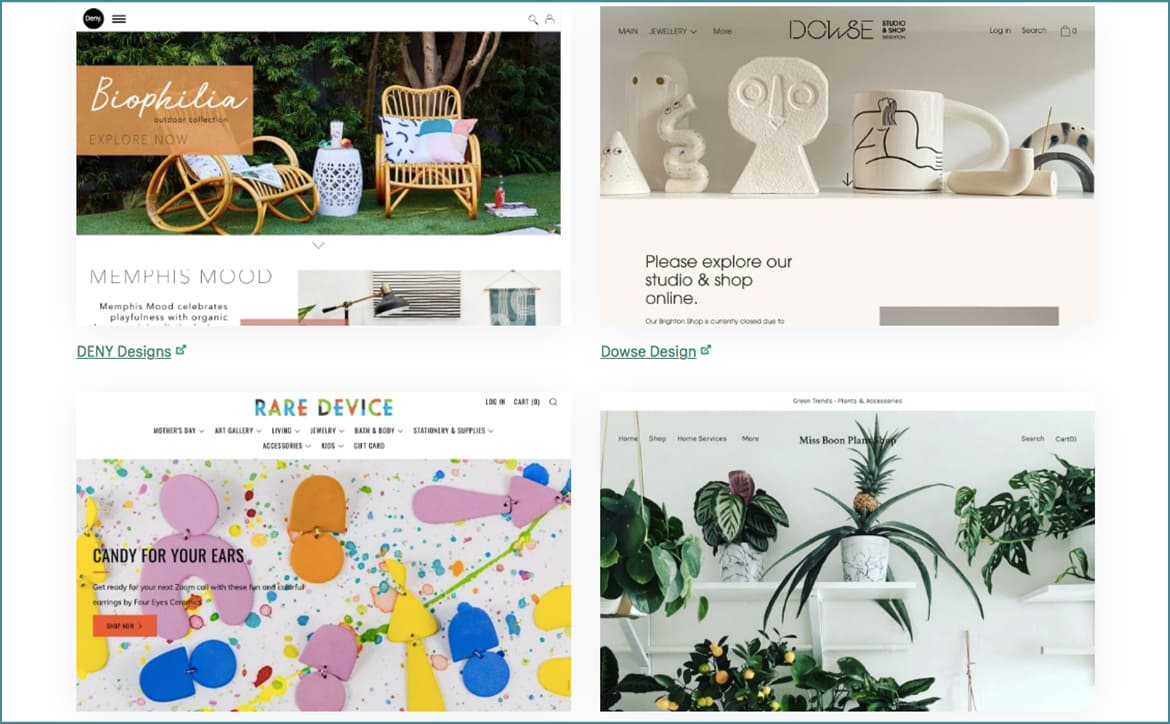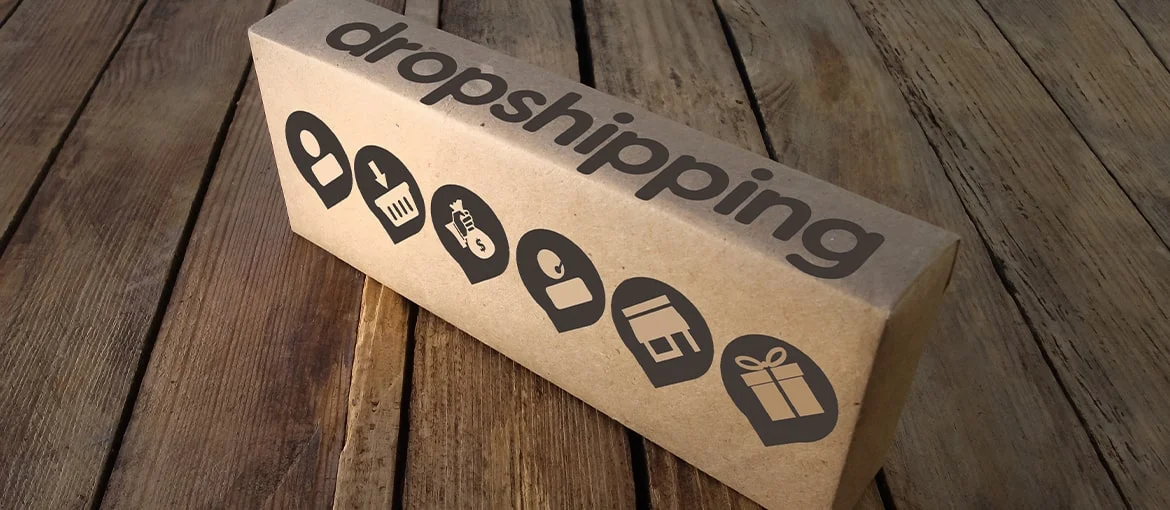Exploring Dropshipping: A Comprehensive Guide
Numerous clients who initially operated physical storefronts have transitioned to e-commerce, with a significant portion adopting a retail method known as dropshipping. What exactly is dropshipping? How does it function? What benefits does it provide? And how can one secure reliable suppliers?
This article aims to address these queries and more.
Understanding Dropshipping and Its Execution
Dropshipping is a retail model that has its roots in the United States, enabling e-commerce proprietors to offer products online without the need for prior stock purchases or physical inventory.
How does the dropshipping model operate? A customer places an order through the merchant’s online store, which is then directly forwarded to the supplier responsible for packaging and shipping the product. In this scenario, the merchant acts as an intermediary between the customer and supplier, eliminating the need for inventory management, packaging, or shipping. The only requirements for starting such a venture are an online store, a dependable supplier, and a robust marketing strategy to advertise the products.

This business model simplifies the operational and initial cost aspects compared to traditional retail methods. But what does starting a dropshipping business entail cost-wise?
Identifying Initial Dropshipping Costs
Determining the exact starting costs for a dropshipping business is challenging due to various influencing factors. The primary expenses include:

1. E-commerce Platform Costs.
Initial expenses are associated with setting up the dropshipping e-commerce platform. Entrepreneurs can either develop a custom site or utilize a marketplace like Amazon, eBay, or Etsy. Marketplaces offer immediate access to a large audience but come with listing fees and sales commissions, which can impact profit margins. Alternatively, creating a custom site through agencies or platforms like Shopify or WooCommerce offers greater control and customization.


2.Marketing Expenses.
Marketing costs vary widely and depend on the chosen promotional strategies. These can range from self-managed campaigns to professional agency services.
3.Startup Costs.
General startup costs include registering for a VAT number, obtaining business licenses, and other regulatory requirements specific to the country of operation.
Advantages and Challenges of Dropshipping
Dropshipping offers several benefits, such as reduced startup costs and the elimination of inventory management. However, it also presents challenges, including narrower profit margins and the critical importance of choosing reliable suppliers.
Selecting Trustworthy Suppliers
The success of a dropshipping business heavily relies on supplier reliability, affecting product quality, inventory management, and shipping efficiency. Choosing a supplier involves thorough research, including checking reviews and assessing service quality.
Finding a Reliable Dropshipping Supplier
Identifying a dependable supplier entails researching their reputation, assessing their service quality, and comparing their prices and products with those of competitors. It’s crucial to take the time for this research to ensure the foundation of your business is solid.

Resources for Identifying the Best Dropshipper
Several services can assist in finding a reliable supplier, including SaleHoo, Wholesale2B, and Worldwide Brands, each offering extensive databases of vetted suppliers and products.
Conclusion: Embarking on Your Dropshipping Venture
With the exploration of dropshipping, its methodologies, and resources concluded, the stage is set for entrepreneurs to begin their dropshipping journey. Armed with knowledge and the right tools, success in the virtual marketplace awaits.

